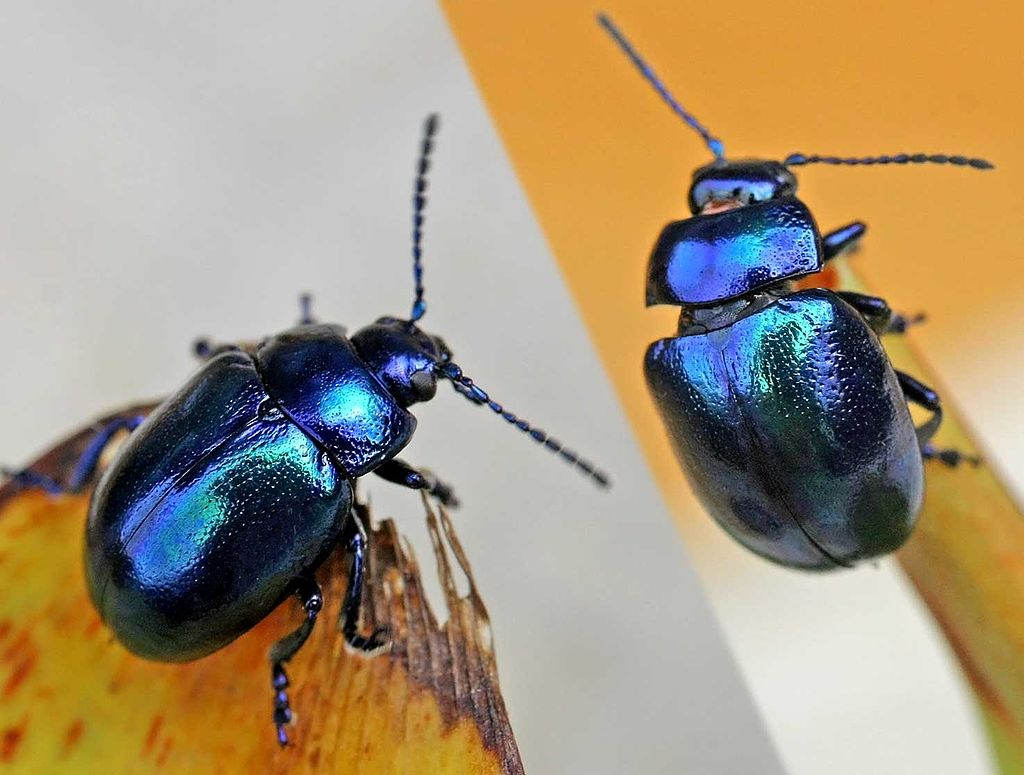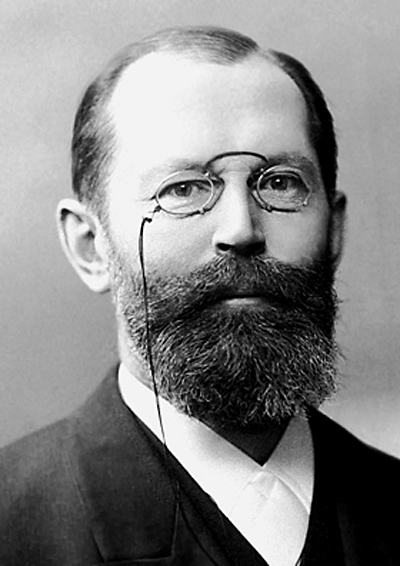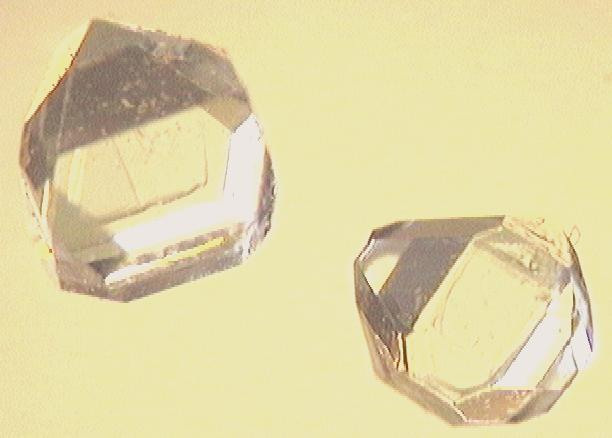Ira Remsen (1846 – 1927) discovered artificial sweetener saccharin along with Constantin Fahlberg
Ira Remsen was an American chemist who discovered the artificial sweetener saccharin along with Constantin Fahlberg. He was the second president of Johns Hopkins University. Early life Ira Remsen was born in New York City on February 10, 1846. He is the son of Ja
The halloween genes
The halloween genes are a set of genes identified in Drosophila melanogaster that influence embryonic development. All of the genes code for cytochrome P450 enzymes in the ecdysteroidogenic pathway (biosynthesis of ecdysone from cholesterol). Ecdysteroids such as 20-hydroxyecdysone and
Chrysolina beetles, including Chrysolina coerulans, have cardiac glycosides (including xylose) in their defensive glands
The defensive secretions of some chrysomelid beetles belonging to the genera Chrysolina, Chrysochloa, and Dlochrysa contain complex mixtures of cardenolides. The spectral data for some of these compounds suggest that they are monohydroxylated digitoxigenin derivatives linked to a pentose (such as xy
Xylose is the first saccharide added to the serine or threonine in the proteoglycan type O-glycosylation
Xylose is the first saccharide added to the serine or threonine in the proteoglycan type O-glycosylation, and, so, it is the first saccharide in biosynthetic pathways of most anionic polysaccharides such as heparan sulfate and chondroitin s
Xylose is the main building block for the hemicellulose
Xylose is the main building block for the hemicellulose xylan, which comprises about 30% of some plants (birch for example), far less in others (spruce and pine have about 9% xylan). Xylose is otherwise pervasive, being found in the embryos of most edible plants. It was first isolated from wood
Reduction of xylose by catalytic hydrogenation produces the sugar substitute xylitol
Xylose (cf. Ancient Greek: ξύλον, xylon, “wood”) is a sugar first isolated from wood, and named for it. Xylose is classified as a monosaccharide of the aldopentose type, which means that it contains five carbon atoms and includes an aldehyde functional group. It is deriv
Xylitol: sweetener and laxative from hell
Xylitol, a natural sugar alcohol, has gained popularity as a low-calorie sweetener and the peddlers have attributed numerous health benefits to their product. This post is going to focus on one that doesn’t get nearly enough attention except in the countries where it was banned in things like
Xylitol production by fermentation from discarded biomass is one of the most valuable renewable chemicals
Xylitol occurs naturally in small amounts in plums, strawberries, cauliflower, and pumpkin; humans and many other animals make trace amounts during metabolism of carbohydrates. Unlike most sugar alcohols, xylitol is achiral. Most other isomers of pentane-1,2,3,4,5-pentol are chiral, but xylito
History of xylitol
Emil Fischer, a German chemistry professor, and his assistant Rudolf Stahel isolated a new compound from beech wood chips in September 1890 and named it Xylit, the German word for xylitol. The following year, the French chemist M.G. Bertrand isolated xylitol syrup by processing wheat and oat straw
Xylitol
Xylitol is a chemical compound with the formula C5H12O5, or HO(CH2)(CHOH)3(CH2)OH; specifically, one particular stereoisomer with that structural formula. It is a colorless or white crystalline solid that is freely soluble in water. It can be classified as a polyalcohol and a sugar alcoho
The Food Chemicals Codex (FCC) has been published since 1966
Scope The FCC features more than 1,250 monographs, including food-grade chemicals, processing aids, foods (such as vegetable oils, fructose, whey, and amino acids), flavoring agents, vitamins, and functional food ingredients (such as lycopene, olestra, and short chain fructooligosacchari
5-Nitro-2-propoxyaniline, aka P-4000 and Ultrasüss, banned artificial sweetener
5-Nitro-2-propoxyaniline, also known as P-4000 and Ultrasüss, is about 4,000 times the intensity of sucrose (hence its alternate name, P-4000). It is an orange solid that is only slightly soluble in water. It is stable in boiling water and dilute acids. 5-Nitro-2-propoxyani
Dulcin, toxic artificial sweetener about 250 times sweeter than sugar
Dulcin is an artificial sweetener about 250 times sweeter than sugar, discovered in 1883 by the Polish chemist Józef (Joseph) Berlinerblau (27 August 1859 – 1935). It was first mass-produced about seven years later. Although it was discovered only five years after sa






